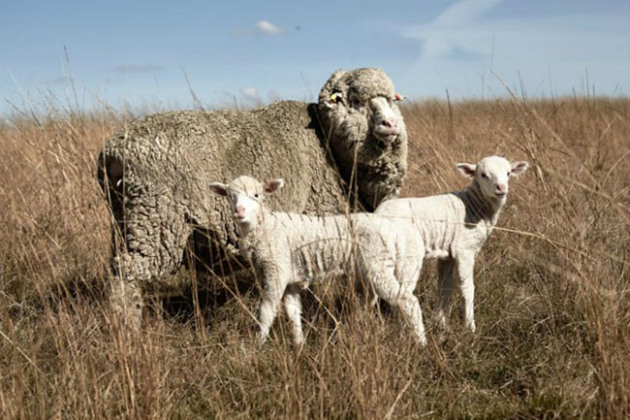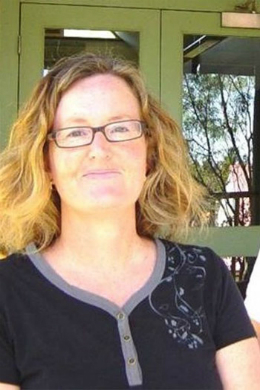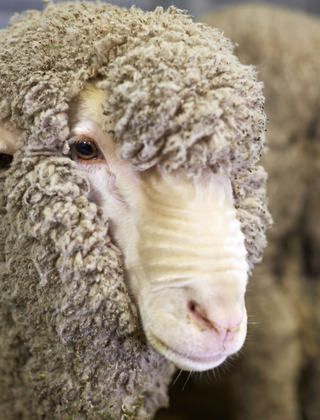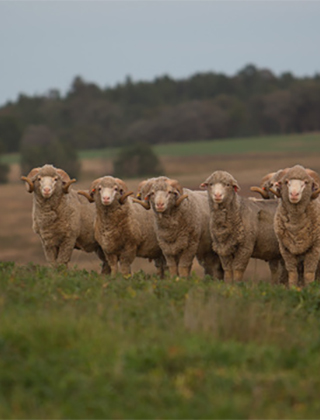Welcome to Australian Wool Innovation, a hub for the woolgrowers of Australia.
Not a woolgrower? Looking for information about wool products, wool care or wool processing?
The Woolmark Company is the global authority on wool. Visit Woolmark.com instead.
New research for sheep producers making headway with scanning

Undertaken by researchers at CSIRO and the University of New England (UNE), led by Dr Kim Bunter at the Animal Genetics and Breeding Unit at UNE, this project investigated the efficacy of scanning for foetal age to predict lambing dates. The researchers tested different methods of predicting lambing dates to confirm the most efficient method to assign lambing dates for pregnant ewes.
Breakthrough research into foetal ageing at scanning may lead to a better managed lambing and improved lamb survival.
 The study found that estimating foetal age by measuring the head size – the bi-parietal diameter (BPD) – of the foetus accurately predicted the foetal age of the lamb, which then allowed for prediction of the lambing date of the ewe.
The study found that estimating foetal age by measuring the head size – the bi-parietal diameter (BPD) – of the foetus accurately predicted the foetal age of the lamb, which then allowed for prediction of the lambing date of the ewe.
The study found that using a single scanning event with an experienced operator who understands the change in BPD size with foetal age, around 80% of ewes would be correctly allocated to three lambing groups. Moreover, no ewe assigned to an early lambing group, via predictions based on foetal aging, lambed in the tail end of the lambing time, or vice-versa. This confirms that an appropriate method of scanning to discriminate between early and late lambing ewes is 100% accurate.
Dr Kim Bunter of the University of New England was the lead researcher on this project looking at foetal ageing at scanning to predict lambing date.
Combined with scanning for fertility and litter size, additional scanning for foetal age proves to be a cost effective and efficient practice which can inform the management of pregnant ewes.
“If your scanner operator can estimate the foetal age at the time of scanning, by default you can work out what day the ewe became pregnant and you can project the lambing date of that ewe. This allows you to feed and manage accordingly, which could help to reduce ewe and lamb mortality and optimize weaning processes,” said Dr Kim Bunter.
“In our genetic evaluation systems we have plenty of early in life traits which require age corrections, so if we have lambs born with no date of birth known and we can’t correct for those things, we have producers or breeders choosing animals who were simply born earlier – and which are not necessarily genetically better - for things like weight in young animals.”
You can listen to the full interview with Kim here.
















